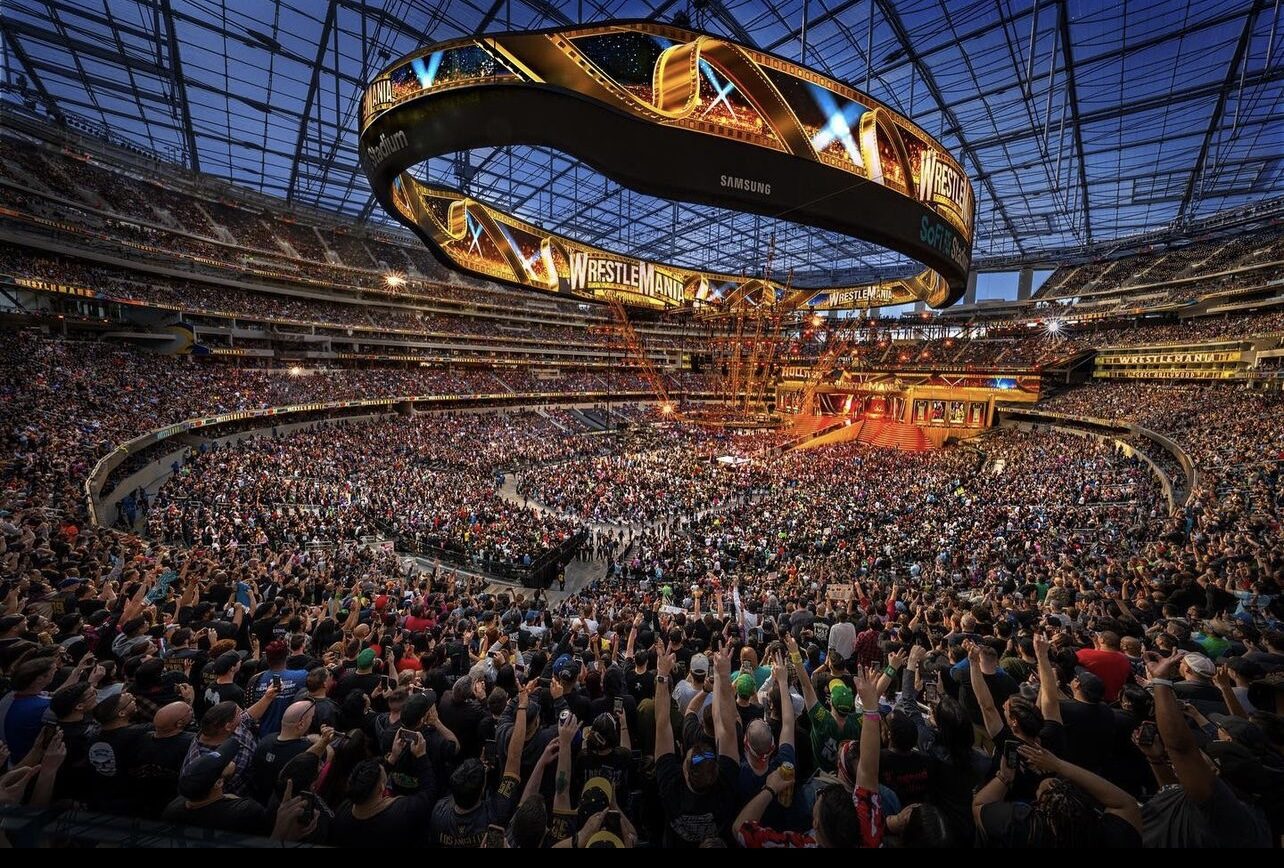
Lyrics, the backbone of many musical compositions, are more than just words. They form the emotional and intellectual framework of a song, shaping its mood, message, and impact. Whether conveying a personal story, delivering social commentary, or exploring universal themes, lyrics have the power to resonate deeply with listeners. They connect the listener to the artist’s intentions and feelings, creating a shared experience that transcends mere melody and rhythm.
This article will explore the key elements of Lyrics, their evolution, the creative process behind writing them, and the impact they have on culture and society.
The Core Elements of Lyrics
At their essence, lyrics are a form of poetry set to music. However, they differ from traditional poetry in that they are written to be performed and heard. This performance aspect adds layers of meaning and emotion to the words themselves. But like poetry, lyrics contain several fundamental components:
1. Theme and Message
Every song, whether explicit or implicit, carries a theme. It may be love, heartbreak, rebellion, freedom, or any other concept that touches the human spirit. The message is the essence of what the song is trying to convey. Great lyricists know how to weave a central theme throughout a song while leaving room for interpretation. For example, Bob Dylan’s lyrics often touch on social justice, but their abstractness allows for various interpretations, making them timeless.
2. Imagery and Symbolism
Effective lyrics paint pictures in the listener’s mind using vivid imagery and symbolism. By evoking mental images, lyricists can take listeners on a journey that extends beyond the words. This could be a metaphorical landscape, like “a heart of stone” representing emotional coldness, or a symbolic object, like a “red rose” signifying love. This imagery makes lyrics memorable and enhances their emotional depth.
3. Structure and Rhyme
Songs typically follow a structure that includes verses, choruses, bridges, and occasionally pre-choruses. Verses often tell the story or set the scene, while the chorus reinforces the main idea. Rhyming patterns, although not a necessity, play a major role in making lyrics catchy and easy to remember. Rhymes can either be perfect or slant, allowing flexibility and creativity in the phrasing. Consider the rhythmic precision of hip-hop lyrics, where rhyme and structure are paramount to flow and delivery.
4. Tone and Emotion
The tone of the lyrics defines the overall emotional atmosphere of a song. It can be somber, joyous, angry, reflective, or any number of moods. The tone often correlates with the song’s theme. Sad lyrics might use minor keys and slower tempos to reinforce the sorrow, while upbeat lyrics often pair with faster rhythms and major keys. Adele’s “Someone Like You” is an excellent example of how tone and emotion combine with lyrics to create a deeply moving experience.
The Evolution of Lyrics: From Ballads to Hip-Hop
Lyrics have evolved considerably over the centuries. Historically, they served as oral storytelling methods, preserving history and culture through song. The evolution of lyrics has reflected changes in society, culture, and technology.
1. Medieval and Renaissance Eras
In earlier periods, ballads and folk songs were the dominant forms of lyrical expression. These songs often narrated stories of love, war, and adventure. The lyrics were straightforward and functional, designed to be passed down through oral tradition. The focus was on the narrative rather than the individual emotions of the performer. In some cultures, like in medieval Europe, troubadours and minstrels would compose and perform songs that upheld societal values and told of legendary figures.
2. The Rise of Pop Music
The 20th century saw the rise of recorded music, which expanded the role of lyrics in popular culture. Artists like The Beatles, Bob Dylan, and Joni Mitchell brought a more introspective and poetic approach to songwriting. Lyrics became more personal, expressing individual experiences and emotions, rather than recounting traditional stories or events. The Beatles’ “Eleanor Rigby” is a perfect example of lyrics evolving to tell modern, relatable tales of loneliness and despair.
3. Hip-Hop and Lyrical Complexity
In the late 20th century, hip-hop emerged as a genre that revolutionized the art of lyrical expression. Lyricists in hip-hop are often regarded for their intricate wordplay, complex rhyme schemes, and use of metaphor. Hip-hop lyrics frequently address issues of identity, power, social injustice, and resilience. Artists like Tupac Shakur and Nas elevated the genre by blending deeply personal narratives with powerful political messages, using lyrics as a form of social commentary.
The Art of Writing Lyrics: Creative Processes
Songwriting, like any creative process, is deeply personal and varies greatly from one artist to another. However, there are some general stages that most lyricists go through when writing a song.
1. Inspiration and Ideas
Most lyricists begin by searching for inspiration. This could come from personal experiences, other art forms, or social and political events. Some writers may have a melody or musical phrase in mind before the lyrics are written, while others might start with a concept or a few powerful lines. Inspiration often strikes in everyday moments, leading songwriters to quickly jot down ideas or record voice memos before the idea slips away.
2. Drafting and Refining
After the initial burst of inspiration, the hard work of drafting begins. This phase involves exploring different ways to phrase ideas and finding the perfect words to convey emotion while fitting into the musical structure. Many lyricists produce multiple drafts of a song, tweaking and refining lyrics until they strike the right balance between storytelling and musicality. This step often involves balancing clarity with poetic ambiguity, ensuring the lyrics remain open to interpretation while still delivering a strong message.
3. Matching Words to Music
One of the most challenging aspects of lyric writing is making sure the words fit the rhythm and melody of the song. Lyricists must work within the constraints of time signatures, tempo, and melody, which means certain word choices may have to change to fit the musical flow. This can involve adjusting syllables, reworking phrases, or even changing the narrative arc to suit the music.
4. Feedback and Collaboration
Some of the most iconic lyrics have been born out of collaboration. Working with other songwriters, musicians, or producers often provides new perspectives and fresh ideas. Many successful lyricists thrive in co-writing sessions, bouncing ideas off one another and building on each other’s strengths. The collaboration process can be crucial in refining a song and elevating its lyrical content.
The Cultural Impact of Lyrics
Lyrics have a profound impact on culture, influencing everything from social movements to personal beliefs. Songs can inspire revolutions, challenge societal norms, or offer solace in difficult times. For example, the civil rights movement of the 1960s was accompanied by powerful songs whose lyrics spoke of hope, justice, and equality.
1. Lyrics as Social Commentary
Throughout history, artists have used lyrics to comment on political and social issues. Songs like Bob Marley’s “Redemption Song” or Public Enemy’s “Fight the Power” are examples of how lyrics can give voice to the oppressed and catalyze change. These songs resonate with listeners because they reflect shared struggles and aspirations for a better future.
2. Lyrics in Identity and Self-Expression
For many, lyrics serve as a means of expressing their identity and emotions. Fans often find themselves drawn to songs whose lyrics articulate what they feel but cannot express themselves. This connection between artist and listener is especially strong in genres like emo, punk, and hip-hop, where the lyrics often speak directly to feelings of alienation, defiance, and belonging.
3. Lyrics as Cultural Memory
Some lyrics become so iconic that they become part of a culture’s collective memory. Songs like “Imagine” by John Lennon or “We Will Rock You” by Queen have lyrics that are instantly recognizable across generations. These songs transcend their original time periods, becoming anthems for peace, unity, and celebration.
Conclusion: The Lasting Power of Lyrics
Lyrics, at their best, are more than just words set to music; they are powerful forms of storytelling and self-expression. From simple love songs to complex social commentaries, lyrics have the ability to evoke deep emotional responses and connect people across time and space. They reflect the heart and soul of the songwriter, but they also invite the listener to bring their own experiences and interpretations, making every song a unique and personal experience. Whether through vivid imagery, poetic phrasing, or raw honesty, the power of lyrics is undeniable and everlasting.







